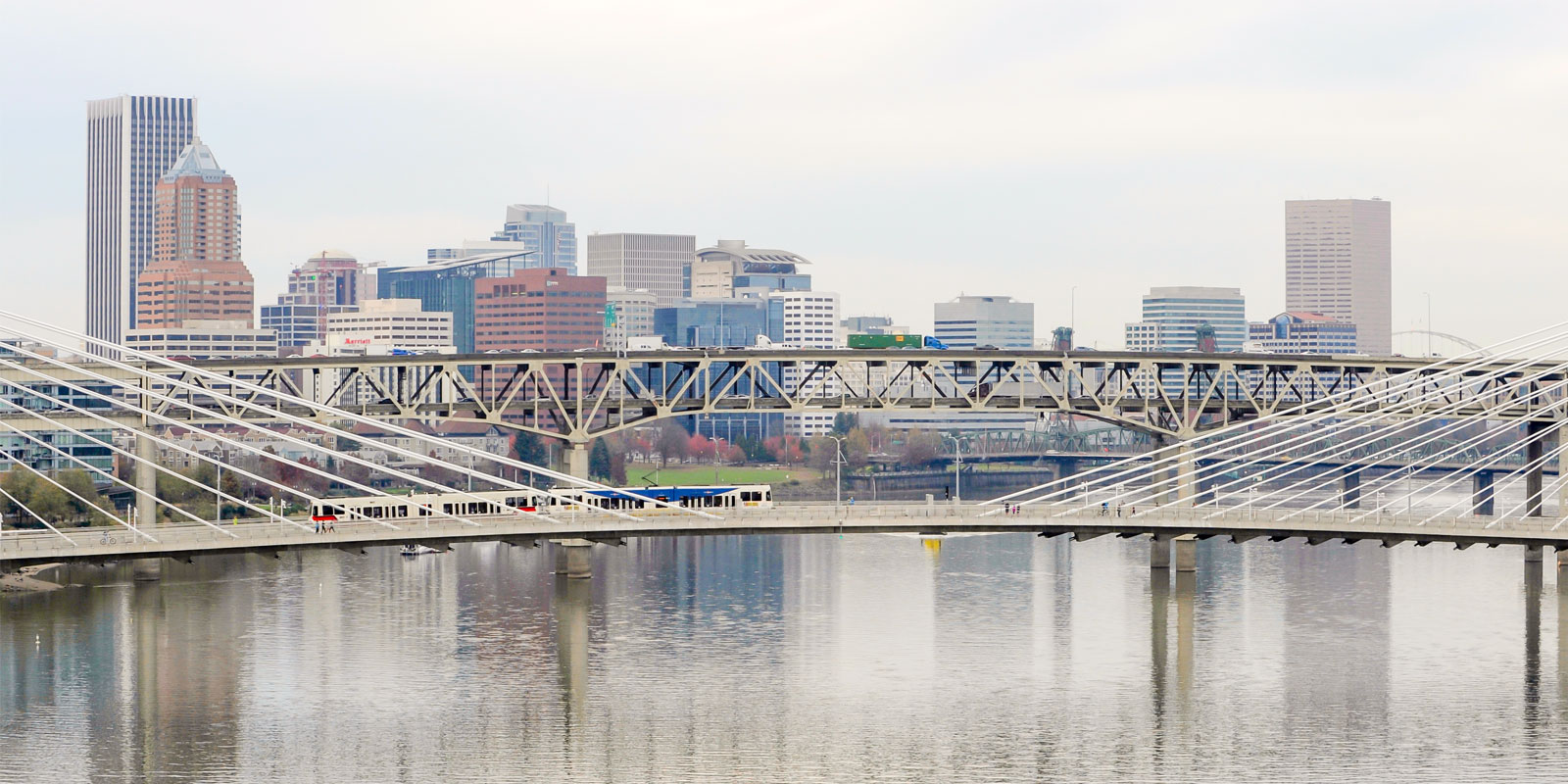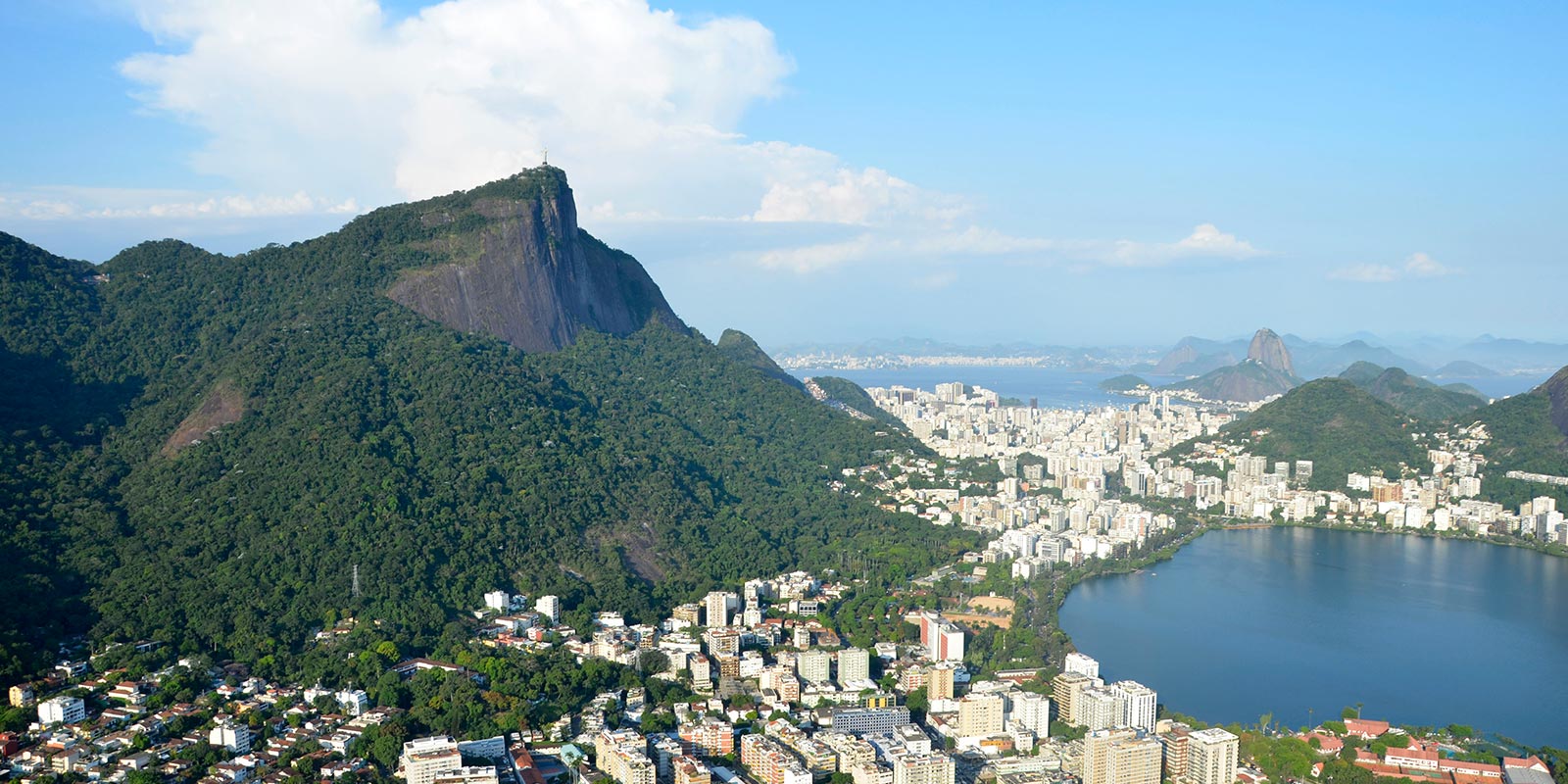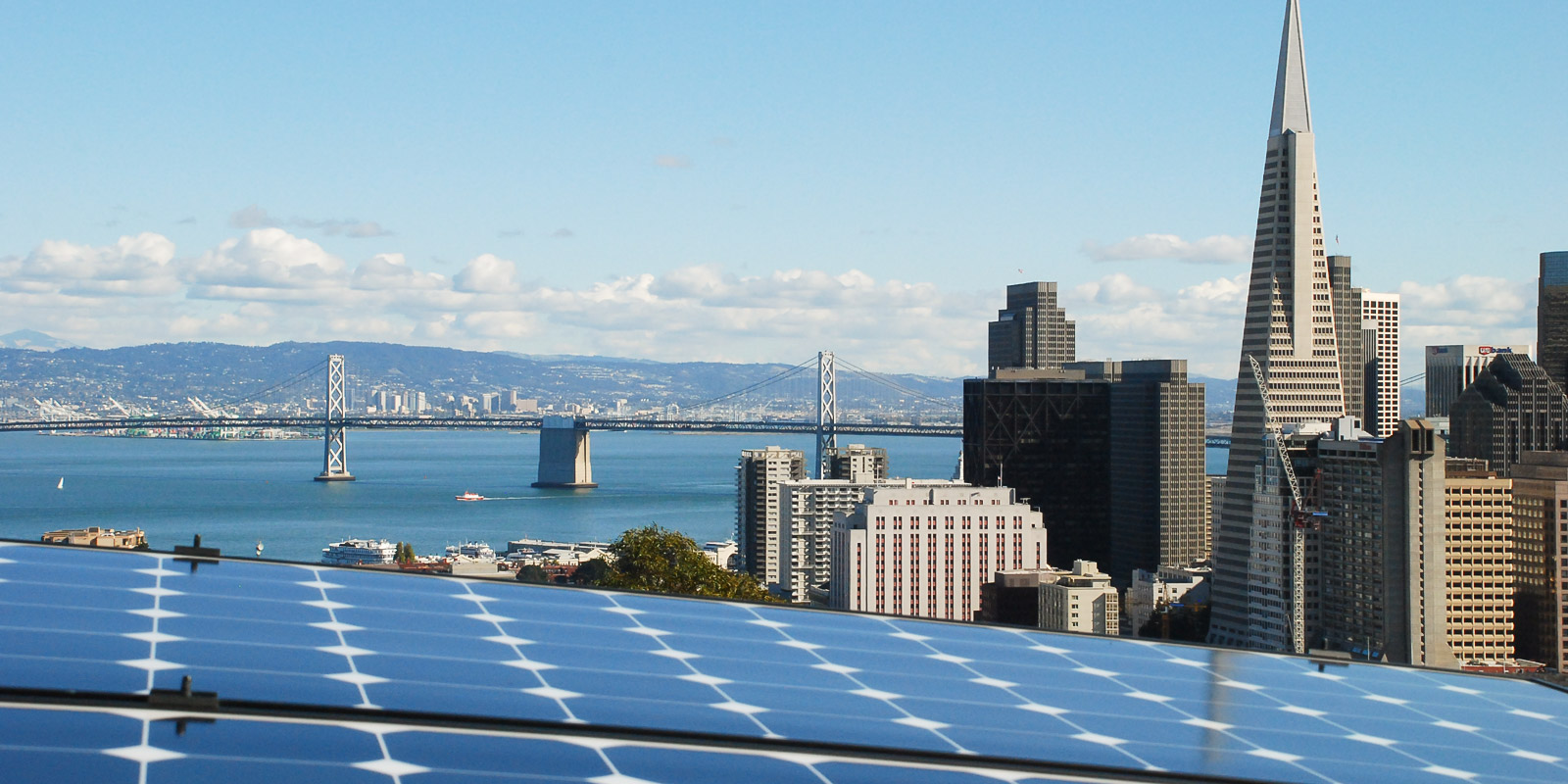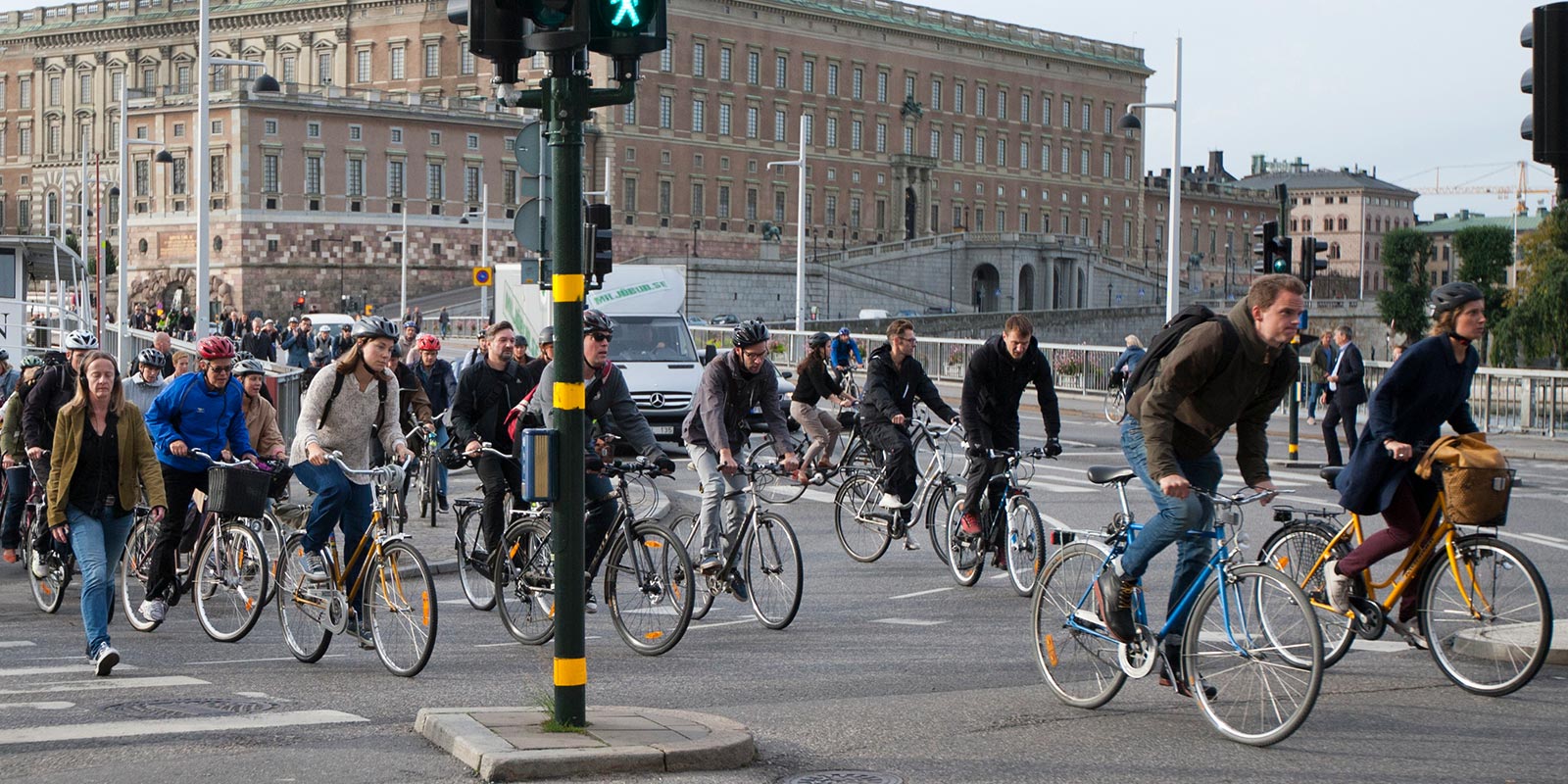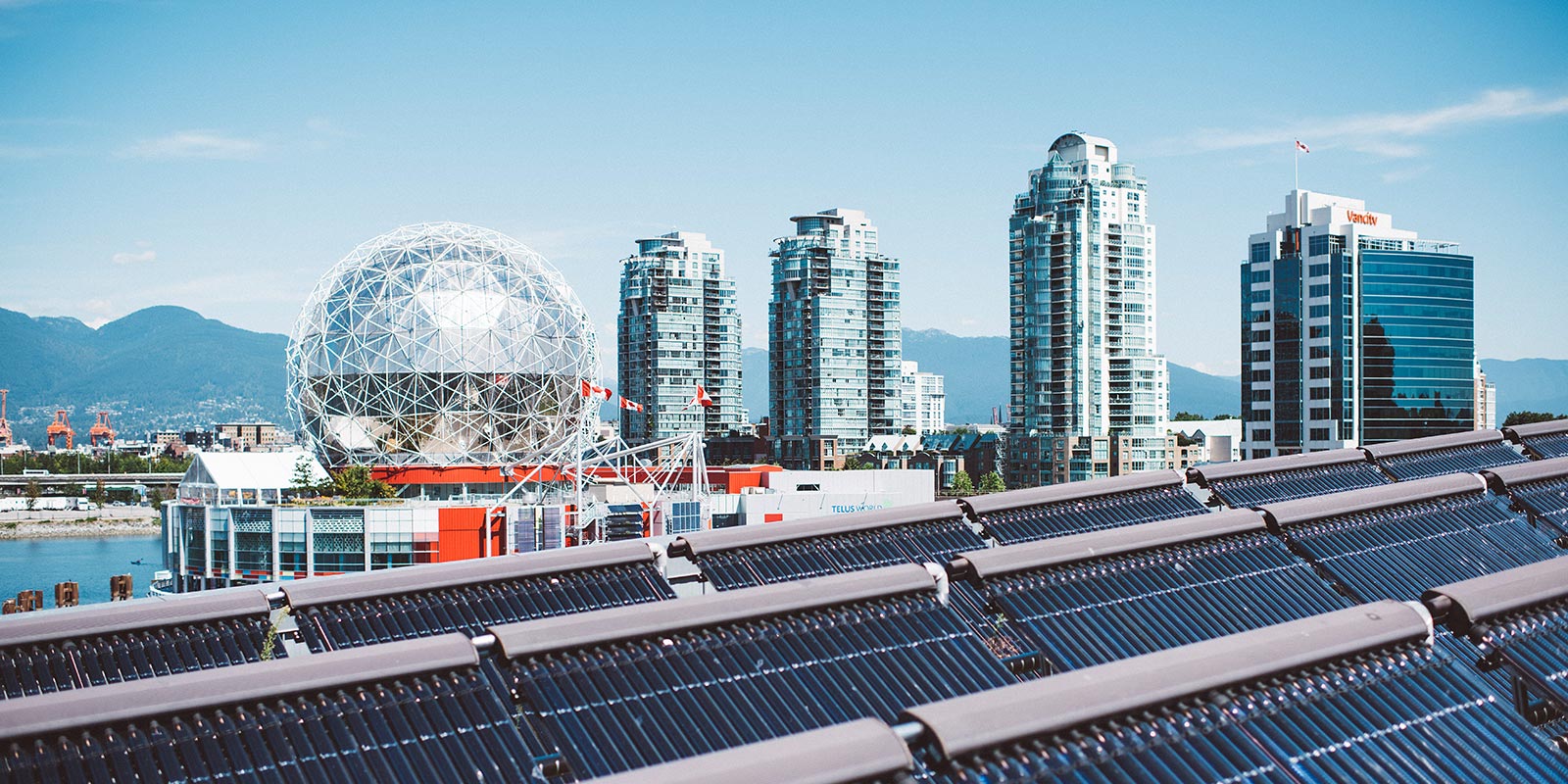The City of Oslo strives to be a leading agent in the transformation to a greener and more inclusive society. This requires major readjustments in both energy and transport use.
Greenhouse gas emissions in Oslo have increased by 25 percent since 1990. Reversing this trend and starting to curb emissions will be challenging. However, the analysis upon which this strategy was built, indicates that the targets are achievable, provided that we implement strong measures now.
The future state of Oslo is a climate-friendly city. To create a society without greenhouse gas emissions, we must convert from using fossil energy to using renewable energy. The Climate and Energy Strategy describes how we can achieve our climate targets, while developing and upgrading an urban community in which people and commerce thrive.
Strategic roadmap
The Climate and Energy Strategy aligns with the City of Oslo’s Municipal Master Plan “Oslo towards 2030: Smart, safe and green”. This master plan is the municipal government’s overarching strategy for future development in the city. The Climate and Energy Strategy is a roadmap outlining how the green shift should be implemented in order to achieve Oslo’s climate targets for 2020 and 2030. It was adopted by the City Council on 22 June 2016.
The strategy shows how we will take a clear stand in the transport sector, wherein pedestrians, cyclists and public transport users will be prioritised and where we aim to reduce car traffic by 20 percent by 2020 and by 33 percent by 2030. The Climate effort will be organized more clearly, and will be a cross-sectoral task for the City of Oslo.
The targets of the Climate and Energy Strategy for Oslo:
- To reduce greenhouse gas emissions by 36 percent by 2020 and;
- by 95 percent by 2030.
Greenhouse gas emissions in Oslo
Oslo has made significant progress in a number of areas:
- Greenhouse gas emissions per capita are falling, and the number of people traveling by public transport, cycle and on foot is rising – at the expense of car traffic.
- Oslo has the world’s highest proportion of electric cars and is a city defined by its proximity to green spaces, open areas and the Oslo fjord.
- We have a cycle-based waste management system where waste is converted to useful products and we have an expanding green commercial sector.
While we have much to be proud of, significant challenges lies ahead to achieve our near zero-emissions vision. To achieve the target of a 36 percent reduction by 2020 from 1990 levels, we will have to reduce CO 2 emissions with approximately 460,000 tonnes.
The use of fossil heating oil in buildings accounts for 17 percent of the emissions. The goal is to fully phase out these emissions by 2020.
61 percent of the emissions in Oslo derive from transport, of which around half are attributable to the transport of people, and half to goods transport and construction activities. The transport sectors will require the most determined efforts moving forward.
In order to reach the targets, a climate budget is in operation, to ensure implementation of measures necessary to fulfill Oslo’s climate goals.
Read More














